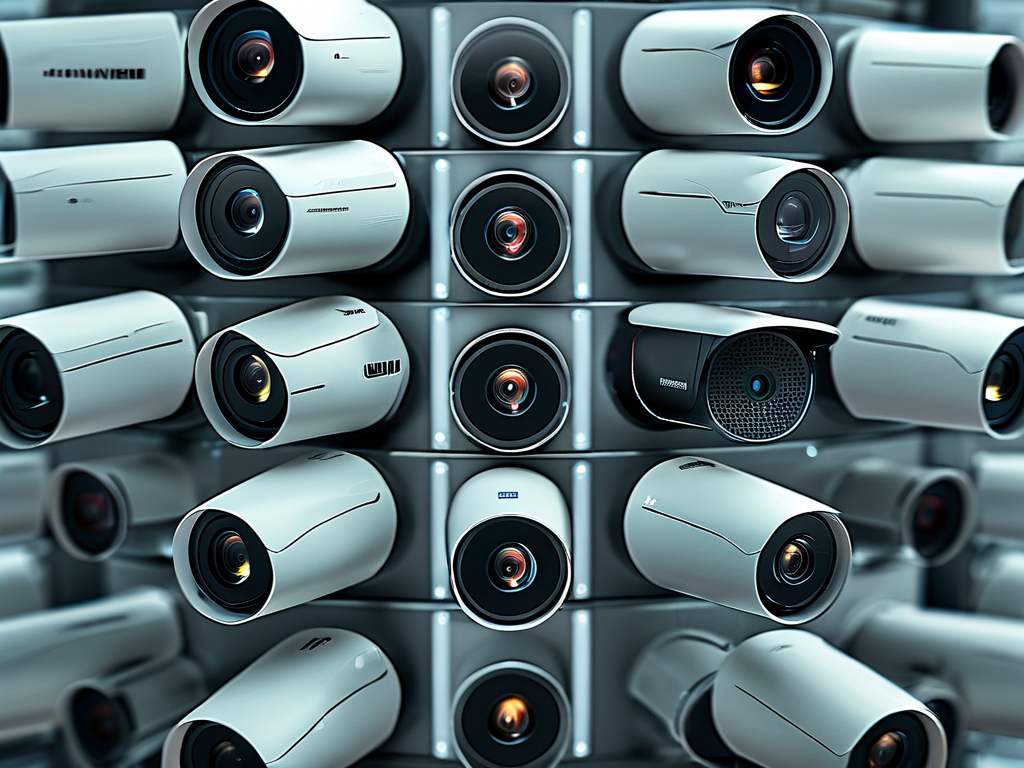HarmonyOS, Huawei’s proprietary operating system, has redefined cross-device collaboration through its distributed architecture. Unlike traditional OS designs that treat devices as isolated entities, HarmonyOS integrates hardware capabilities across smartphones, wearables, and IoT devices into a unified "super device." This article explores the technical foundations and implementation strategies behind this groundbreaking approach.
Core Philosophy: Seamless Integration
At its heart, HarmonyOS employs a distributed soft bus—a virtual communication layer enabling automatic discovery and secure connectivity between devices. This bus operates independently of physical hardware interfaces, allowing heterogeneous devices with different protocols (like Bluetooth, Wi-Fi, or Zigbee) to interact seamlessly. For example, a smartphone can extend its display to a nearby tablet without requiring manual pairing, thanks to this abstraction layer.

Decentralized Resource Management
The system uses a capability-oriented scheduling mechanism. Instead of centralizing computation on a single device, HarmonyOS dynamically allocates tasks based on real-time evaluations of device capabilities. Consider a scenario where a user starts a video call: the OS might assign camera processing to a high-end smartphone, audio processing to a smart speaker, and rendering to a TV—all while maintaining synchronized latency below 20ms.

Developers leverage HarmonyOS’s distributed APIs to implement such features. For instance:
// Requesting cross-device camera access
DistributedCameraManager.requestCamera(deviceId, (result, camera) -> {
if (result == OperationResult.SUCCESS) {
camera.startPreview();
}
});
Security in a Distributed Environment
Security challenges multiply in distributed systems. HarmonyOS addresses this through:
- Hardware-level isolation: Each device’s TEE (Trusted Execution Environment) verifies inter-device requests
- Dynamic permission grants: Users approve resource-sharing requests contextually
- End-to-end encryption: AES-256 protects all cross-device data transfers
Real-World Implementation Challenges
Early implementations faced significant hurdles in maintaining consistent performance across diverse hardware. Huawei’s solution involved:
- Creating adaptive QoS algorithms that prioritize critical tasks
- Developing lightweight protocol converters for legacy devices
- Implementing predictive load balancing based on usage patterns
A 2023 case study showed HarmonyOS reducing latency by 40% compared to Android-based solutions in multi-device gaming scenarios, though at the cost of 12% higher memory usage during peak loads.
Future Directions
With the upcoming HarmonyOS NEXT version, Huawei plans deeper integration with AI inference engines. Early leaks suggest features like:
- Neural network-based task pre-allocation
- Self-healing distributed networks
- Edge computing coordination across 100+ node clusters
Industry analysts remain divided on whether this architecture can scale to enterprise-level applications. While consumer devices show promise, challenges persist in maintaining security and performance consistency across industrial IoT ecosystems with thousands of nodes.
HarmonyOS’s distributed architecture represents a paradigm shift in OS design, transforming standalone devices into collaborative ensembles. Its success hinges on continuous optimization of resource-sharing efficiency and security frameworks—a complex balancing act that will define the next decade of cross-device computing.




